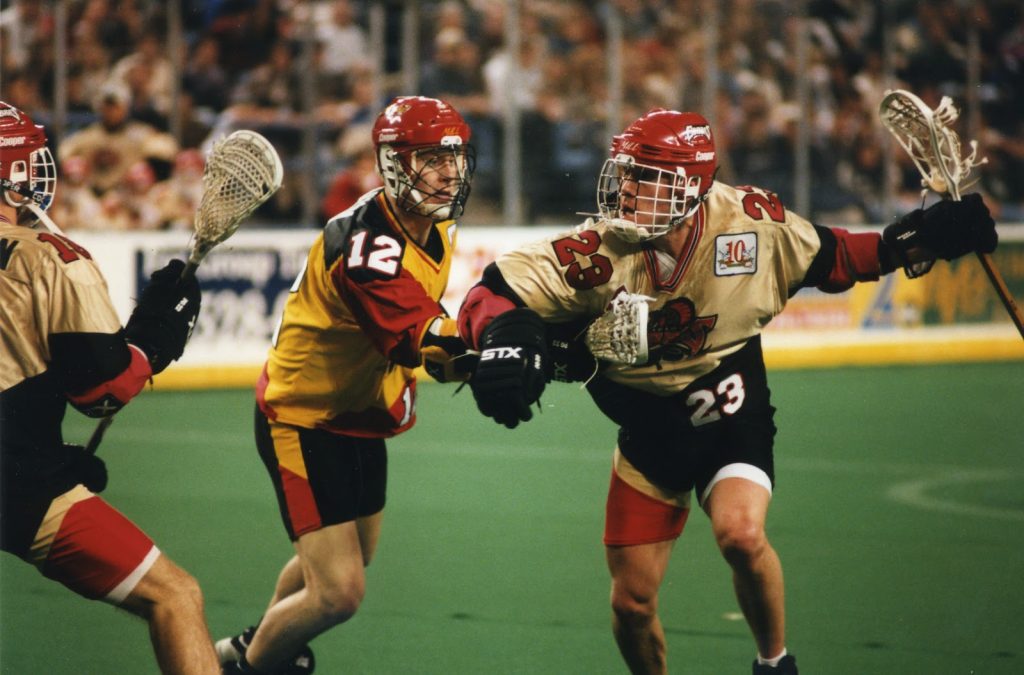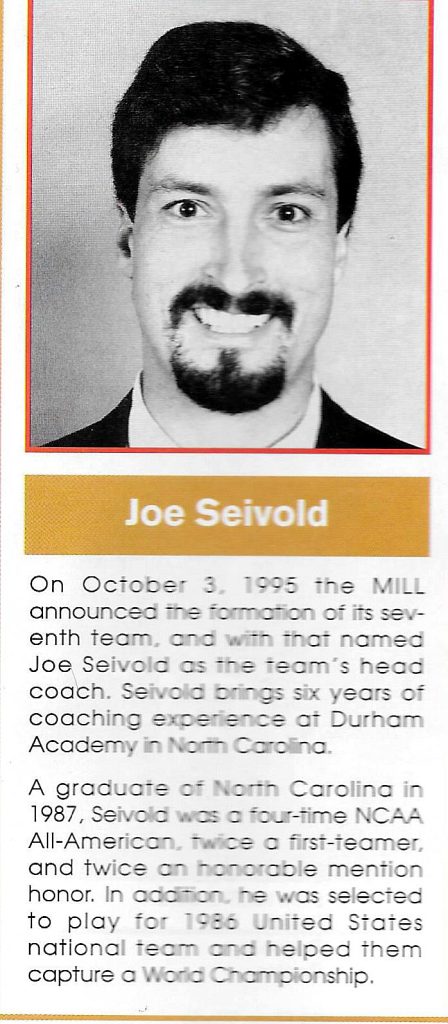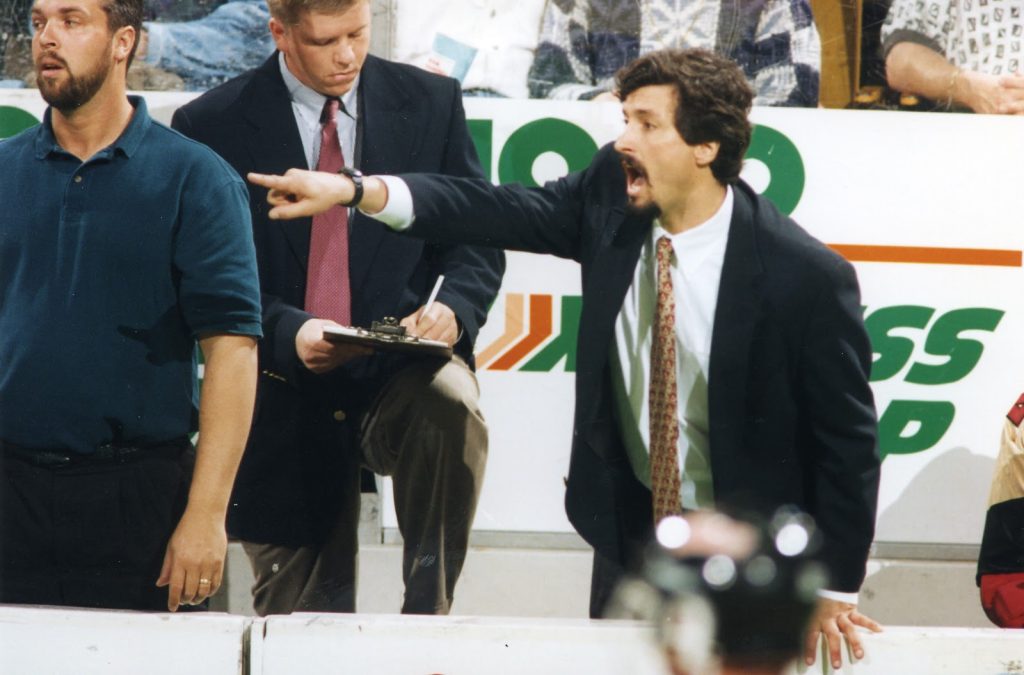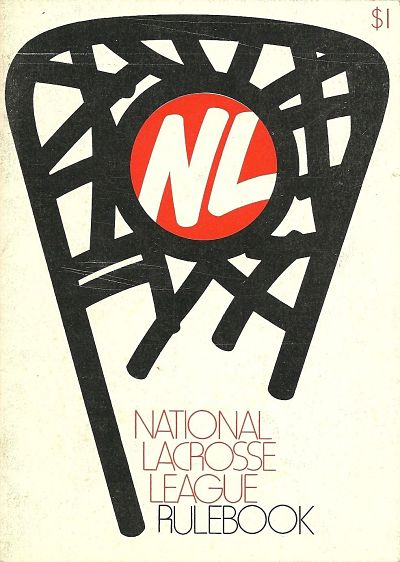By REID SPENCER - Special Correspondent

When the Major Indoor Lacrosse League decided to put an expansion team in Charlotte, its owners banked on the hope that area sports fans would identify with the game’s fast paced, physical action and high scoring.
Joe Seivold, coach of the Charlotte Cobras, thinks the key to success will be fans identifying with the players.
Both theories will be tested Friday, when Charlotte’s newest professional team debuts at Independence Arena.
The Cobras face off against the Boston Blazers in a 7:30 p.m. game.
“There’s a lot of scoring,” said Seivold, 32, a four-time All-American at North Carolina. “Typically, you’ll see 25 to 30 goals in a game.”
Indoor lacrosse is a contact sport. Players hit hard, like in hockey. It’s a fast game, too, with nd breaks in action.
No one gets rich playing lacrosse. Players earn about $200 per game. By league rules, they live in the area they play. By necessity, they hold other jobs.
“Lacrosse seems to breed a special sort of dedication and devotion,” said Seivoid, who also coaches lacrosse at Durham Academy.
“These guys are phenomenal athletes, but they’re not full-time athletes. I think they’re the kind of guys the fans can really identify with.”
Take 6-5, 263-pound center Mike Murphy. A Harvard graduate and regional director for one of the league’s sponsors, he tried out and made the Cobras.
“He’s solid as a rock defensively,” Seivold said. “And he sets a mean pick.”
Indoor lacrosse is different than the outdoor version. It’s played on a hockey rink covered by AstroTurf.


Indoor lacrosse is different than the outdoor version. It’s played on a hockey rink covered by AstroTurf. Each team has six players — a center, two attackers, two forwards and a goalie.
“You have to be a more complete player indoors,” Seivold said. “Everyone runs the whole field (goalies excepted).”
Of the 23 players on Charlotte’s roster, 21 are first-year indoor lacrosse players, but there’s no shortage of talent. The roster includes former ACC Player of The Year Matt Ogelsby (Duke) and a wealth of other ACC players, including four from North Carolina.
The local talent pool was one reason Charlotte was picked for expansion, said Russ Cline, the MILL’S president and chief operating officer.
“There are great players in the Charlotte market who we feel can be competitive with established franchises like Rochester, Buffalo and Philadelphia,” Cline said.
“We also wanted to demonstrate the viability of the Major Indoor Lacrosse League outside the Northeast markets, and we recognized Charlotte as one of the fastest-growing sports markets in the country. We were convinced about the enthusiasm of this market and felt that people would sample the product and become fans.”

While teams in Philadelphia and Buffalo typically drew more than 15,000 to home games last season, Charlotte is the first city South of Baltimore to get a team.
Cline said he realizes building a fan base will take time.
“Everything is hard before it is easy … Cline said. “It’s not a common sport, and very few people in the area have played it. It will become a spectator sport and will grow as people get to see it and feel it. We know that will take time.”







